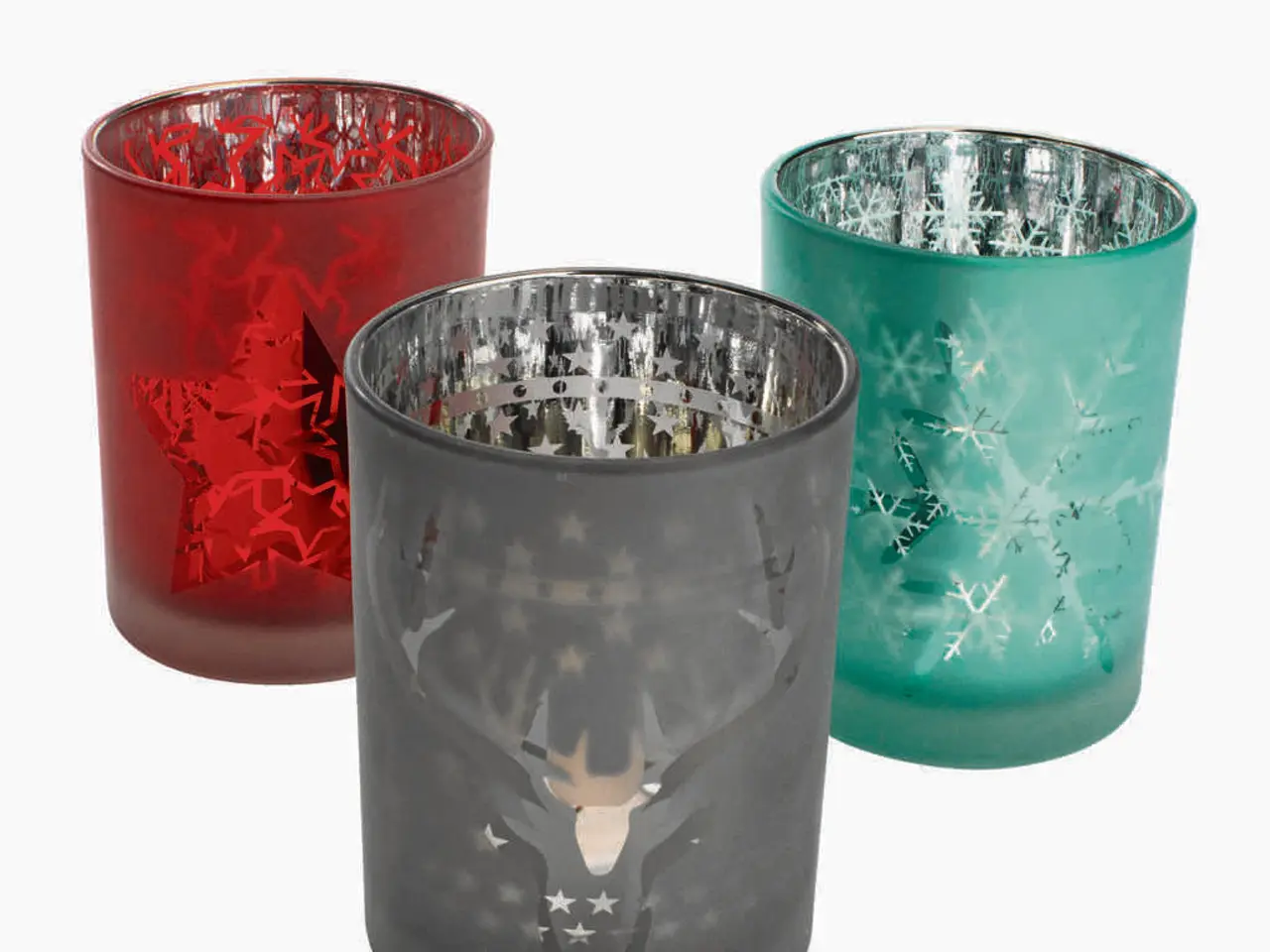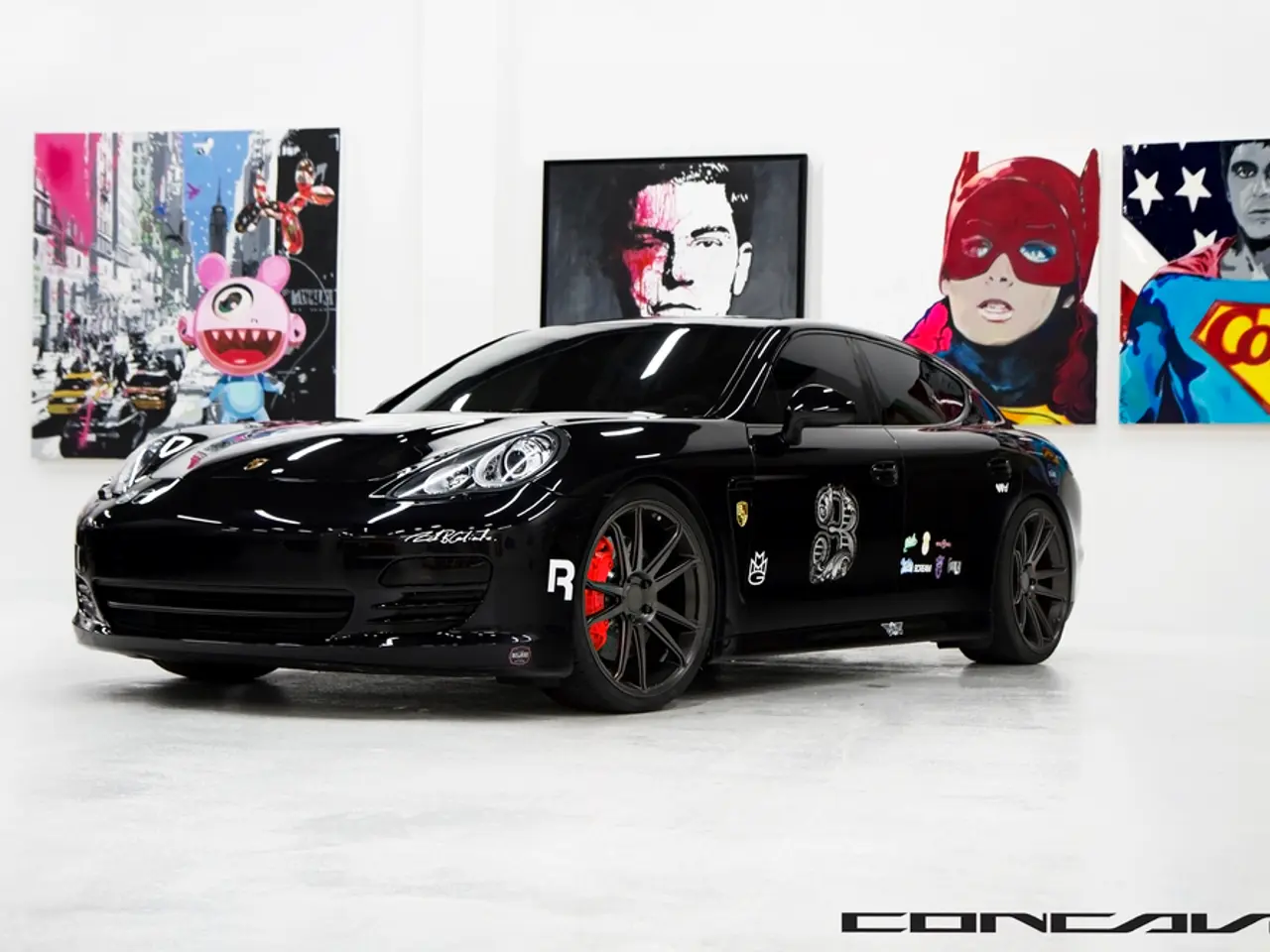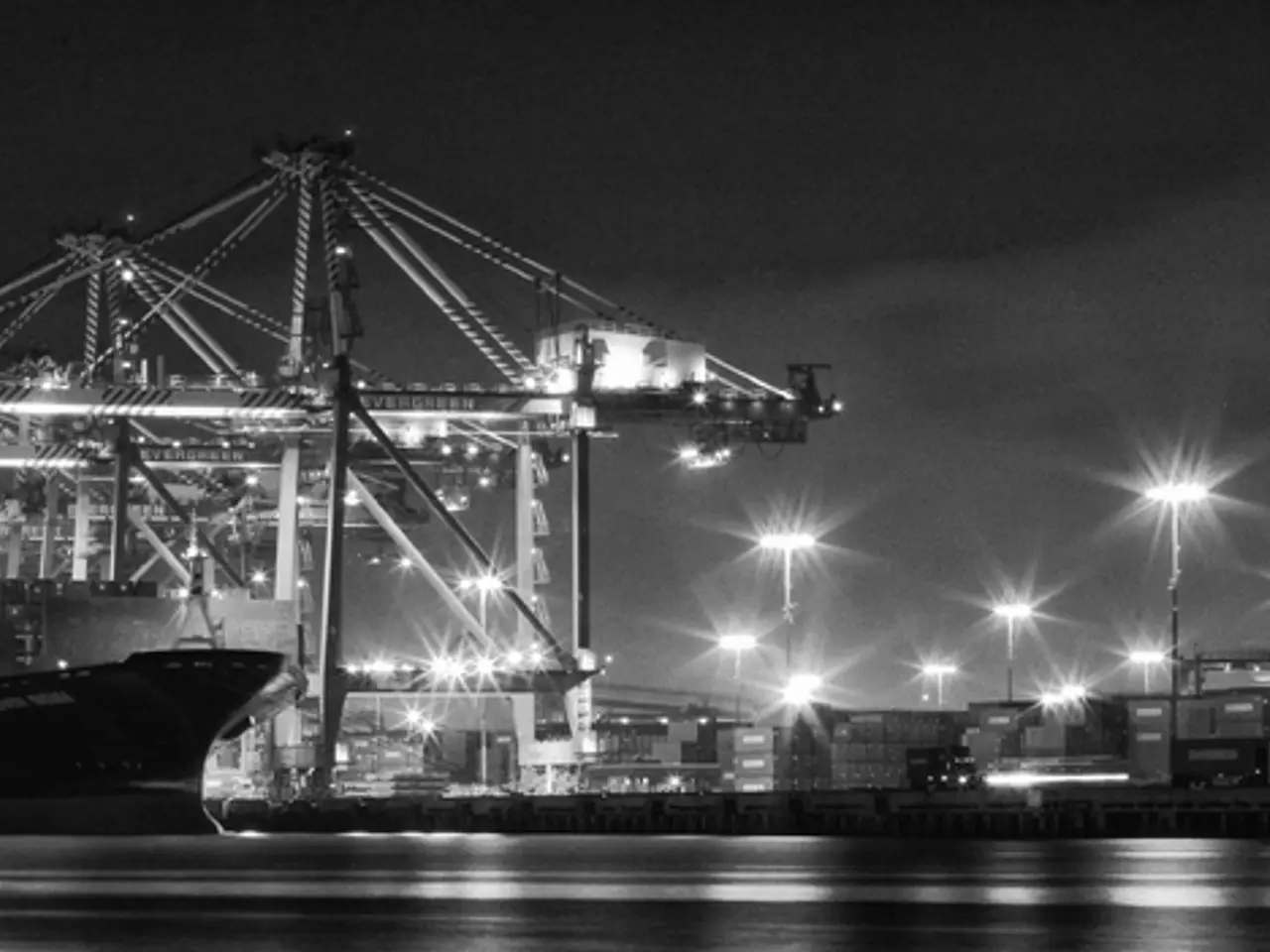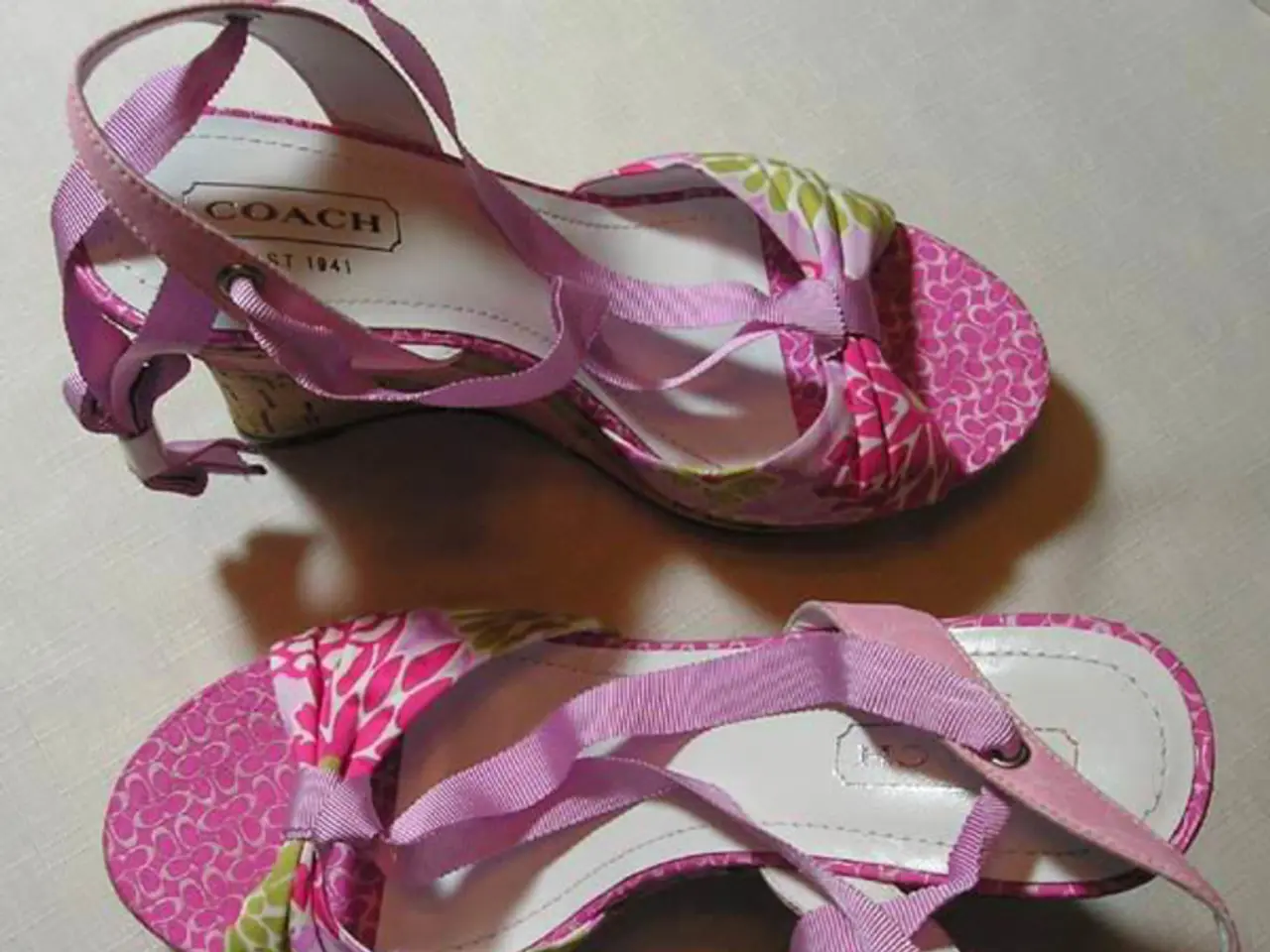Transformation of User Interfaces through Glassmorphism in UX Design
Glassmorphism, a captivating UI design trend, has been shaping modern visual design since its inception around 2020. This style, characterized by translucency, depth, and minimalism, is a major player in the world of interface design.
At its core, Glassmorphism improves user interaction by making software more visually appealing and guiding user attention. It achieves this by employing techniques such as frosted panes, blurry backgrounds, and edges that seem to glow.
The Frosted Glass Effect
The frosted glass look, central to Glassmorphism, is particularly suitable for modal boxes, floating cards, and other key elements. This effect helps these elements feel sharper and more grounded, adding depth and focus without overwhelming the interface.
Balancing Clarity and Style
While Glassmorphism offers numerous benefits, it also presents challenges. Low contrast, visual clutter, performance issues, and difficulties in dark mode are some of the concerns that need to be addressed. To maintain readability and clarity, it's crucial to use minimal typefaces, quiet icons, and balance blur, tint, and shadow effectively.
Performance Optimization
Backdrop blur effects can consume significant processing power, especially on low-end devices. To ensure smooth performance, it's essential to keep the effect subtle and benchmark UI performance across a range of hardware.
Designing for Multiple Color Modes
Translucent panels can look different or even distracting when switching themes, so it's important to inspect and adjust the design to work well in both light and dark environments.
Implementing Glassmorphism in CSS
To implement Glassmorphism in CSS, use translucent, blurred backgrounds with soft edges and subtle borders. Leveraging CSS can help create the desired effect, and adding smooth animations, floating label effects, and subtle glows around inputs or cards can enhance user experience while retaining modern aesthetics.
Best Practices for Glassmorphism
- Use Glassmorphism sparingly on key elements such as modal boxes, floating cards, or important panels.
- Maintain readability by ensuring sufficient contrast between text and the blurred background.
- Balance blur, tint, and shadow to create clarity while preserving the glass effect.
- Optimize performance since backdrop blur effects use heavy processing, especially on low-end devices.
- Design for multiple color modes, particularly dark mode.
- Keep layouts clean and minimalistic to complement semi-transparent layers.
- Test accessibility thoroughly as glassmorphism can pose challenges for users with visual impairments due to low contrast between text and backgrounds.
In summary, the key is to treat Glassmorphism as a stylish accent that reinforces visual hierarchy and modern aesthetics rather than overusing it, ensuring usability, clarity, and performance across devices and themes.
The Future of Glassmorphism
As technology continues to evolve, Glassmorphism will likely be used in smarter and more efficient ways, especially to support accessibility in AR, VR, and mixed-reality platforms. In the future, we can expect to see this trend shaping the interfaces of visually rich or futuristic products.
Technology will play a crucial role in the evolution of Glassmorphism, as it is likely to be used more efficiently to support accessibility in augmented reality (AR), virtual reality (VR), and mixed-reality platforms.
Making Glassmorphism accessible for users with visual impairments, while balancing clarity, performance, and aesthetic appeal, will continue to be a challenge as the trend shapes the interfaces of visually rich or futuristic products in the future.




